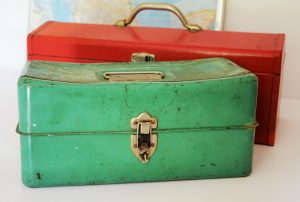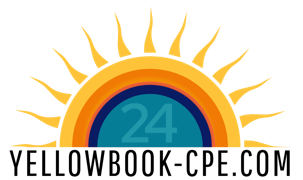My husband is a neighborhood handyman and he loves to collect tools. He stores them in the garage, his bedroom closet, and his big, white panel van.
But he also carries around a small box of essential tools with him wherever he goes. In it, you’ll find an adjustable wrench, a Phillips head screwdriver, a flathead screwdriver, a box cutter… you get the picture.

That way, he can quickly respond when something is broken. It is gloriously comforting to have him around because he can fix anything.
I also carry around a little box of tools. Only my tools are in my head. They are audit models and structures that I have collected over the years. Some of them are sourced from professional literature; some I picked up working with audit teams and editors.
Here are the tools I carry with me always with links so you can find out more:
- The fraud triangle
- The fraud tree
- The risk formula
- The COSO model
- The five elements of a finding
- The three stages of editing
- The steps of conducting an audit
- The elements of audit documentation
- Qualities of a good audit objective and matching conclusion
- The types of evidence
- Sources of audit criteria
- The list of inherent risks
With that list of audit models and tools, I can diagnose and fix a problem on just about any audit. Now, isn’t that handy?
I’d love to add one of your tools to the list. Please share your most commonly used tools with me at leita@yellowbook-cpe.com.

 Yellowbook-CPE.com is registered with the National Association of State Boards of Accountancy (NASBA) as a sponsor of continuing professional education on the National Registry of CPE Sponsors. State boards of accountancy have final authority on the acceptance of individual courses for CPE credit. Complaints regarding registered sponsors may be submitted to the National Registry of CPE Sponsors through its website:
Yellowbook-CPE.com is registered with the National Association of State Boards of Accountancy (NASBA) as a sponsor of continuing professional education on the National Registry of CPE Sponsors. State boards of accountancy have final authority on the acceptance of individual courses for CPE credit. Complaints regarding registered sponsors may be submitted to the National Registry of CPE Sponsors through its website: